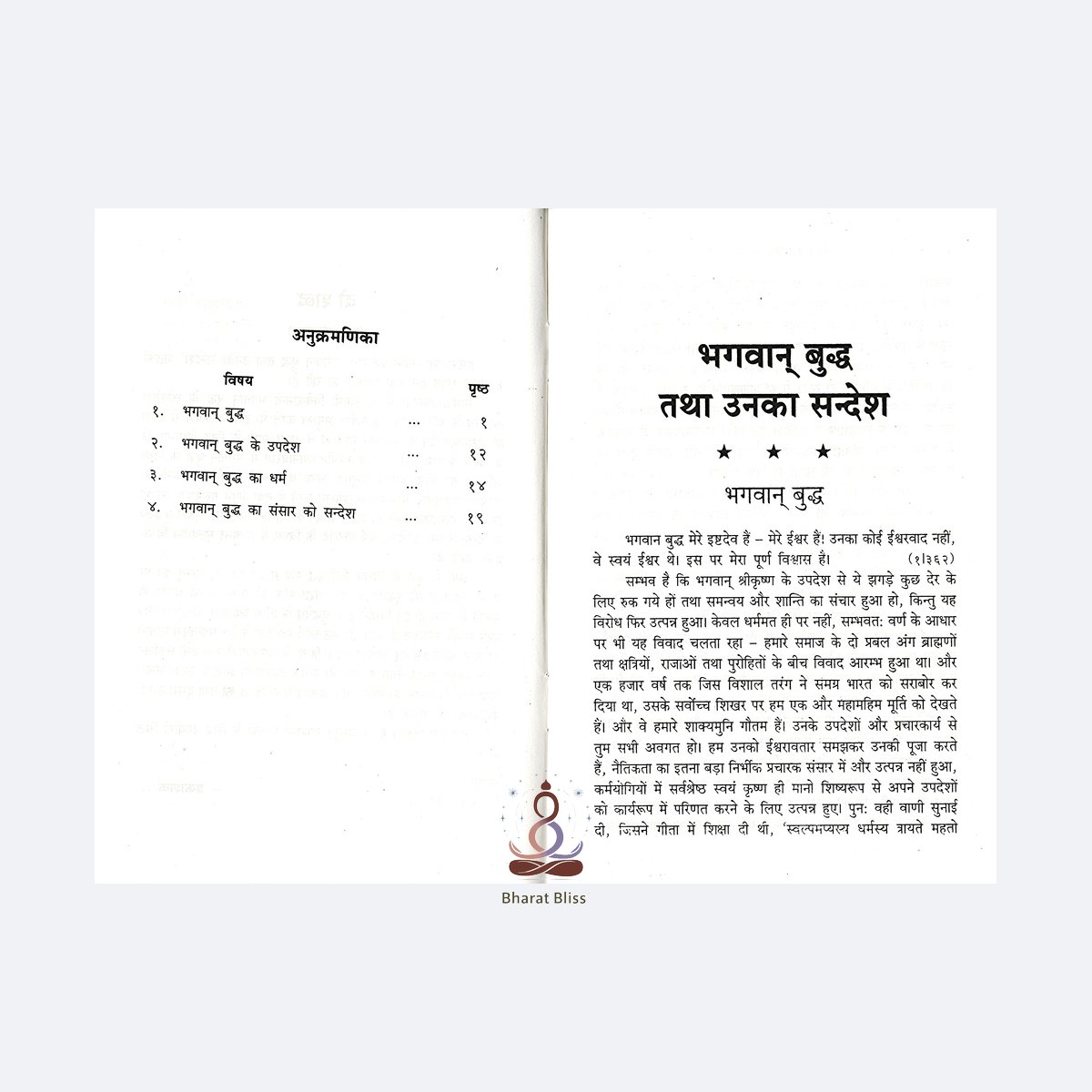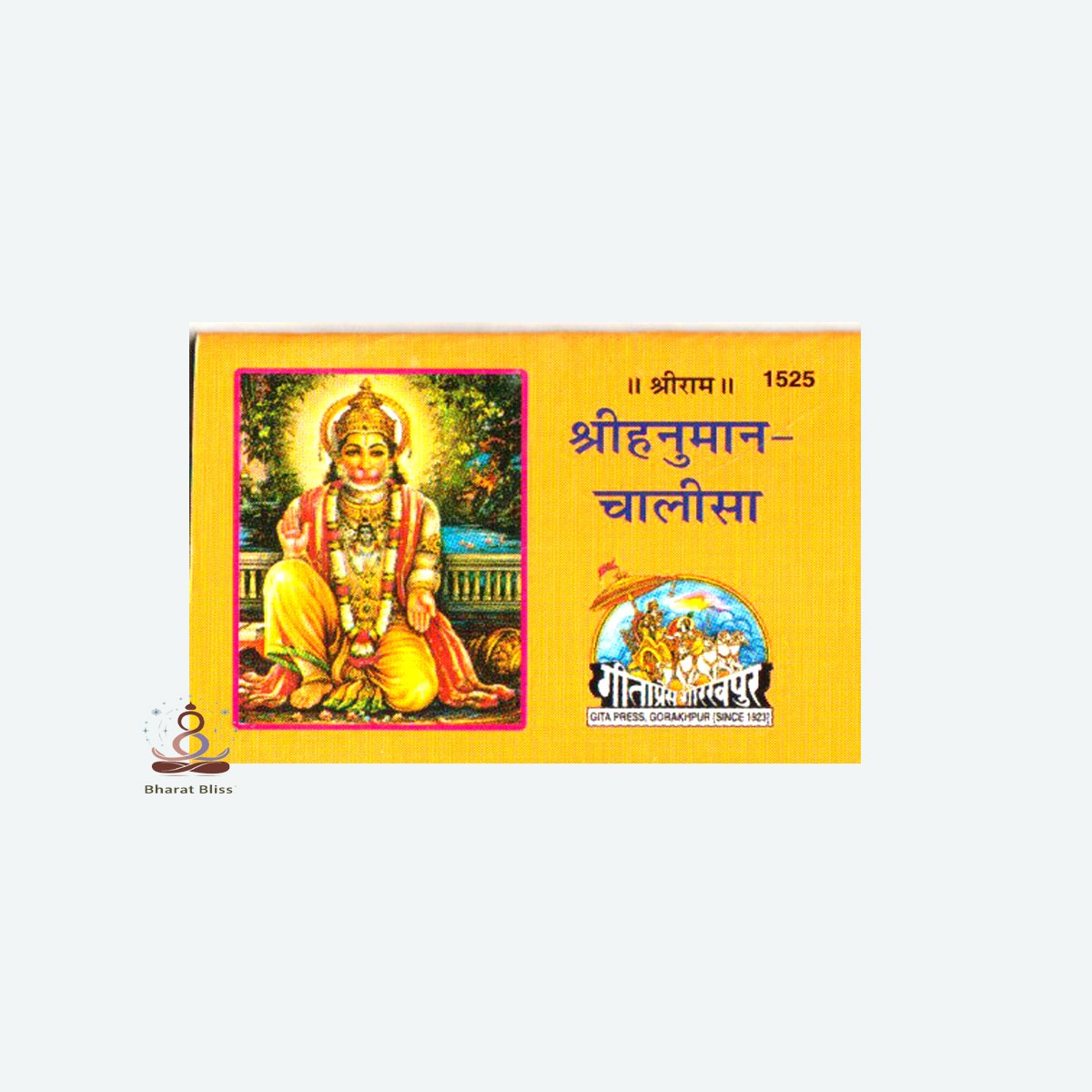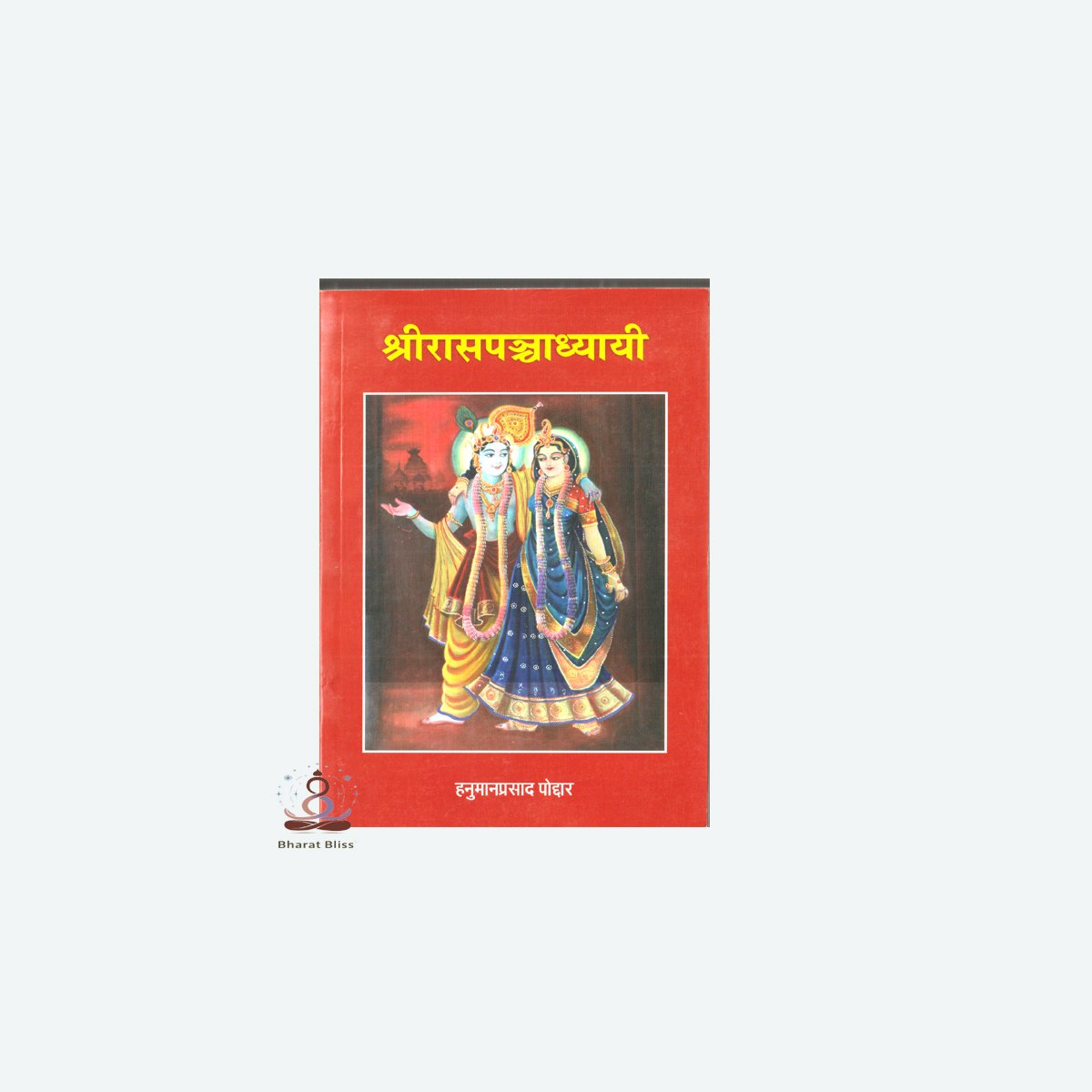Description
Bhagwan Buddha
Buddha’s teachings are simple yet profound. They focus on understanding the nature of suffering and finding a way to overcome it. His key teachings include:
1. The Four Noble Truths
These truths are the foundation of Buddhist philosophy:
-
Dukkha – Life is full of suffering.
-
Samudaya – There is a cause of suffering (craving/desire).
-
Nirodha – Suffering can be ended.
-
Magga – There is a path to end suffering.
2. The Noble Eightfold Path
To overcome suffering, Buddha suggested following the Eightfold Path, which promotes a balanced and ethical lifestyle:
-
Right View – Understanding the truth of life.
-
Right Intention – Having good and pure thoughts.
-
Right Speech – Speaking truthfully and kindly.
-
Right Action – Doing good deeds.
-
Right Livelihood – Earning a living in an honest way.
-
Right Effort – Working hard to improve oneself.
-
Right Mindfulness – Being aware and present.
-
Right Concentration – Practicing deep meditation.
3. The Middle Path
Buddha taught that one should avoid both extreme luxury and extreme hardship. The Middle Path is a way of life that is balanced and leads to true happiness and enlightenment.
4. Compassion and Non-violence
He strongly believed in Ahimsa (non-violence) and compassion towards all living beings. He taught people to be kind, loving, and forgiving.
5. Impermanence and Selflessness
Buddha emphasized that everything in this world is impermanent and constantly changing. He also taught that there is no permanent self or soul – understanding this helps to let go of ego and desires.
Conclusion
The teachings of Bhagwan Buddha are timeless and universal. His message of peace, self-discipline, compassion, and mindfulness continues to inspire people all over the world. He showed that true happiness lies within, and can be achieved through inner awareness and spiritual practice
भगवान बुद्ध तथा उनके उपदेश
(Bhagwan Buddh tatha unke Updesh)
परिचय
भगवान बुद्ध, जिनका असली नाम सिद्धार्थ गौतम था, बौद्ध धर्म के संस्थापक माने जाते हैं। वे छठी शताब्दी ईसा पूर्व में भारत में उत्पन्न हुए। उन्होंने जीवन के दुखों और उनके निवारण के मार्ग को समझने के लिए सांसारिक जीवन त्याग कर ज्ञान की खोज में निकल पड़े। वर्षों की तपस्या और ध्यान के पश्चात उन्हें बोधगया में बोधि वृक्ष के नीचे ज्ञान की प्राप्ति हुई और वे “बुद्ध” कहलाए, जिसका अर्थ होता है “जाग्रत” या “प्रबुद्ध व्यक्ति”।
भगवान बुद्ध के प्रमुख उपदेश
भगवान बुद्ध ने जीवन की सच्चाइयों को समझाकर लोगों को सत्य के मार्ग पर चलने की प्रेरणा दी। उनके उपदेश मुख्य रूप से निम्नलिखित सिद्धांतों पर आधारित हैं:
1. चार आर्य सत्य (Four Noble Truths)
-
दुःख – संसार में दुख है।
-
दुःख का कारण – यह दुख तृष्णा (इच्छा) के कारण है।
-
दुःख का निवारण – तृष्णा का अंत करके दुख समाप्त किया जा सकता है।
-
दुःख-निवारण का मार्ग – अष्टांगिक मार्ग के द्वारा दुखों से मुक्ति पाई जा सकती है।
2. अष्टांगिक मार्ग (Eightfold Path)
बुद्ध ने दुखों से मुक्ति पाने के लिए आठ उपाय बताए:
-
सम्यक दृष्टि – सही दृष्टिकोण
-
सम्यक संकल्प – सही इरादा
-
सम्यक वाक् – सत्य और मधुर वाणी
-
सम्यक कर्म – सही कार्य
-
सम्यक आजीविका – सही जीवनयापन
-
सम्यक प्रयास – सतत प्रयत्न
-
सम्यक स्मृति – जागरूकता
-
सम्यक समाधि – ध्यान और एकाग्रता
3. मध्यम मार्ग (Middle Path)
बुद्ध ने जीवन में अति विलास और अति तपस्या दोनों को अस्वीकार किया। उन्होंने मध्यम मार्ग को अपनाने की सलाह दी, जो संतुलित और संयमित जीवन का प्रतीक है।
4. अहिंसा और करुणा
बुद्ध के उपदेशों का मूल आधार अहिंसा (non-violence) और करुणा (compassion) था। वे सभी जीवों के प्रति दया और मैत्री भाव रखने पर बल देते थे।
5. अनित्य और अनात्मा
बुद्ध ने बताया कि इस संसार की हर वस्तु अनित्य (नश्वर) है और कोई स्थायी आत्मा नहीं है जिसे हम “स्व” कह सकें। यही समझना आत्मज्ञान का मार्ग है।
निष्कर्ष
भगवान बुद्ध के उपदेश आज भी प्रासंगिक हैं। उन्होंने लोगों को आत्मज्ञान, शांतिपूर्ण जीवन और करुणा का मार्ग दिखाया। उनका जीवन और शिक्षाएं हमें यह सिखाती हैं कि दुखों से मुक्ति केवल बाह्य साधनों से नहीं, बल्कि आंतरिक समझ और आत्म-संयम से ही संभव है।
अगर आप चाहें तो मैं इसे एक निबंध के रूप में या प्रेजेंटेशन के लिए भी तैयार कर सकता हूँ
Only logged in customers who have purchased this product may leave a review.













Reviews
There are no reviews yet.